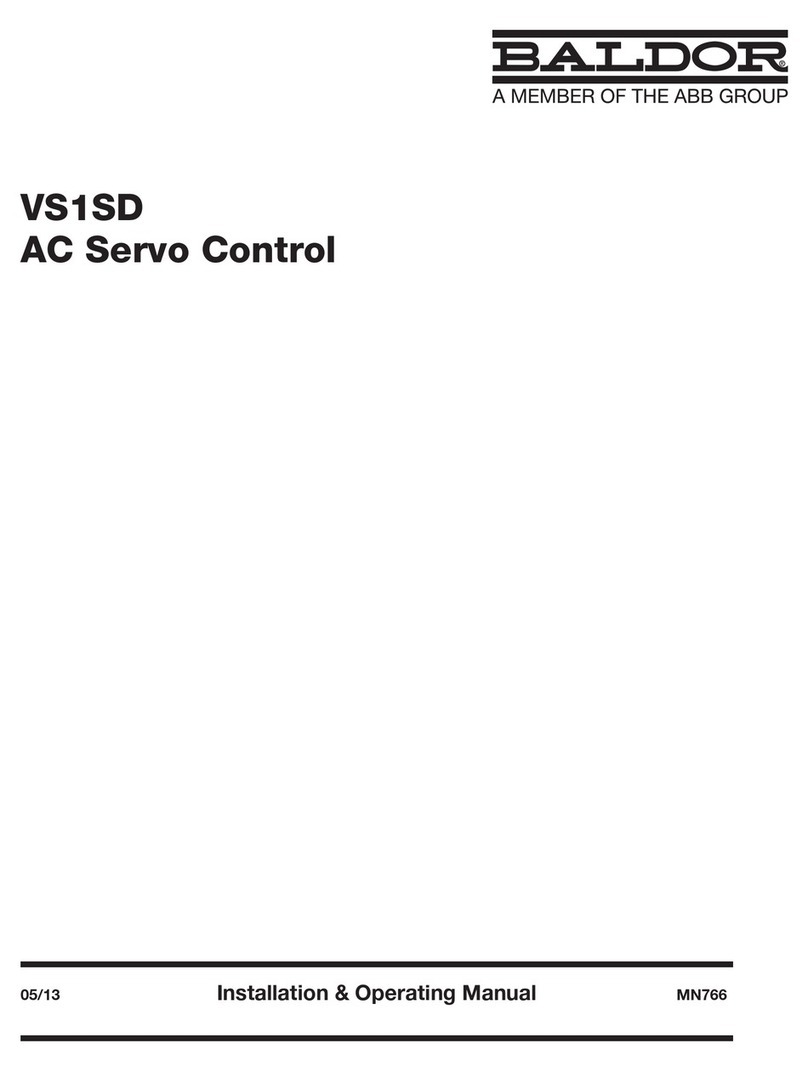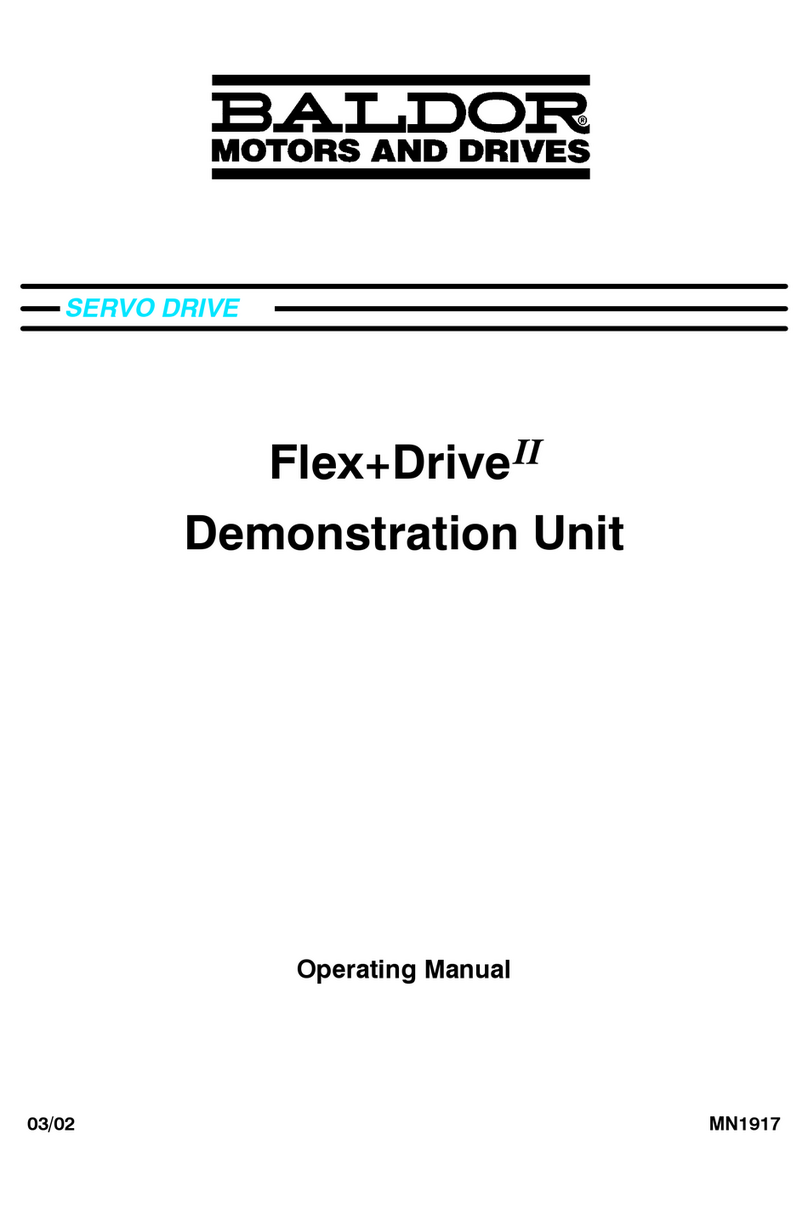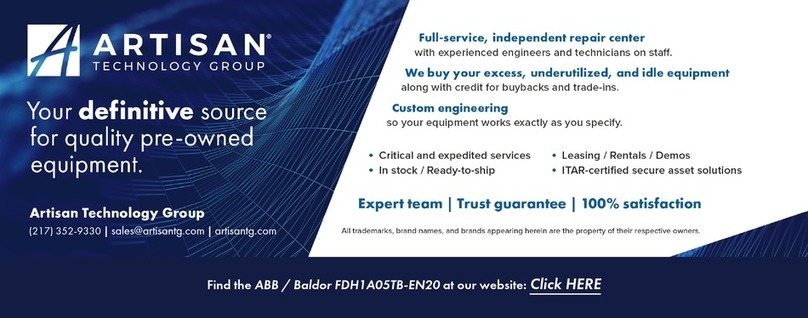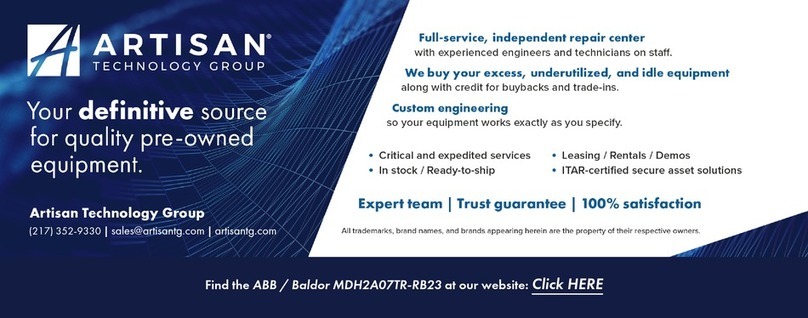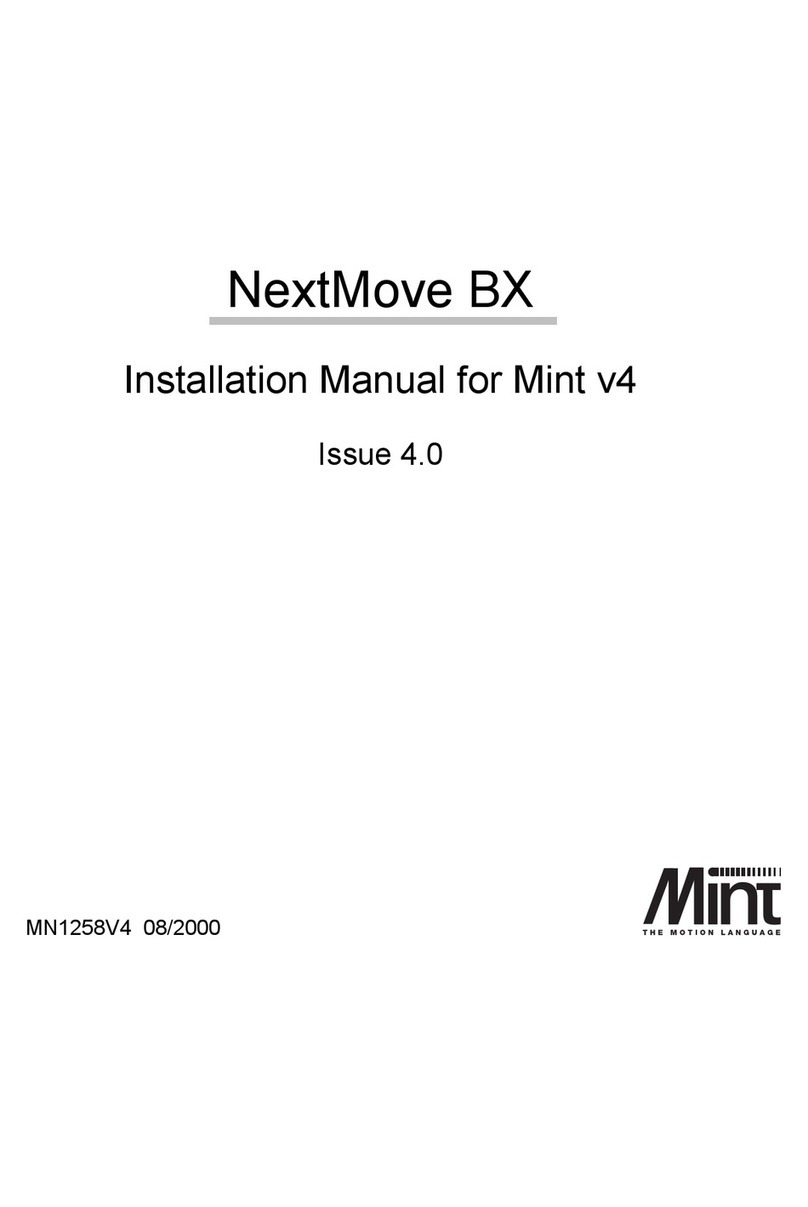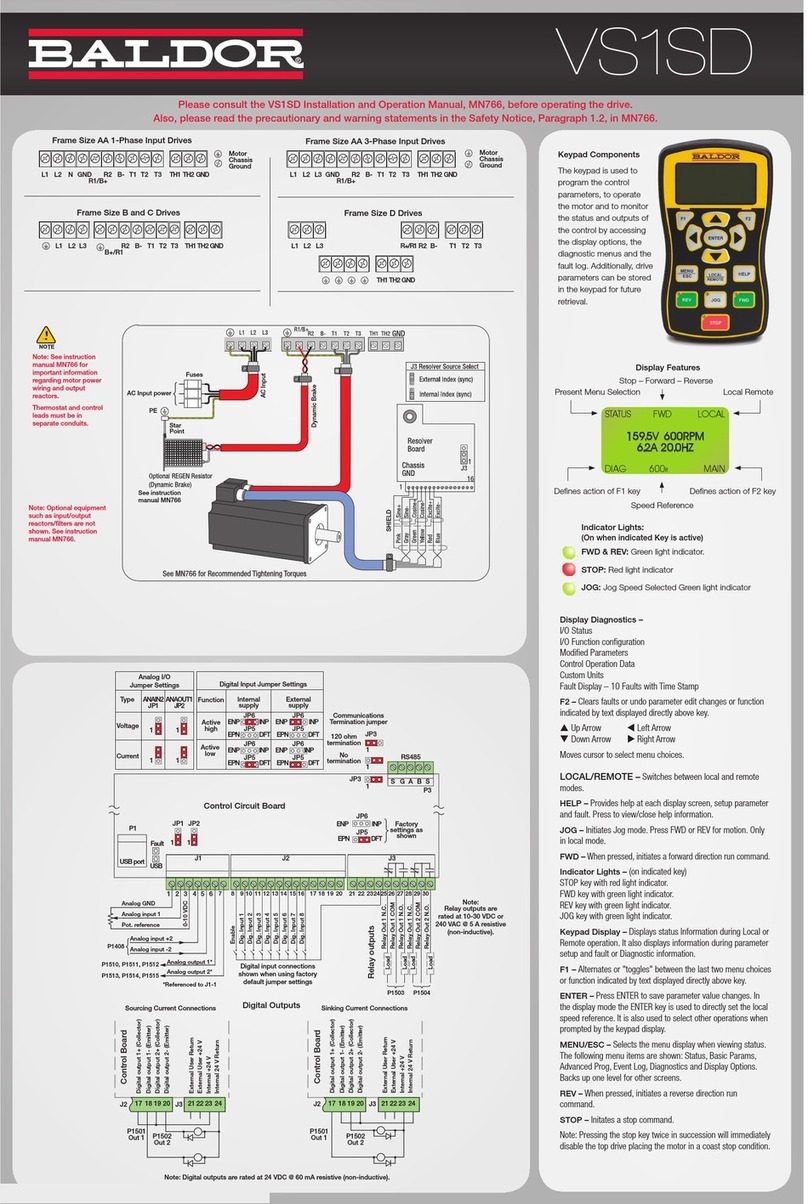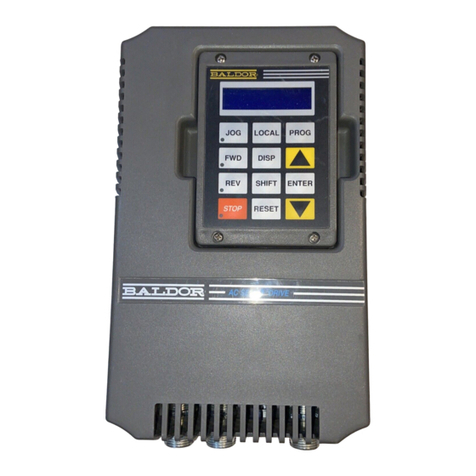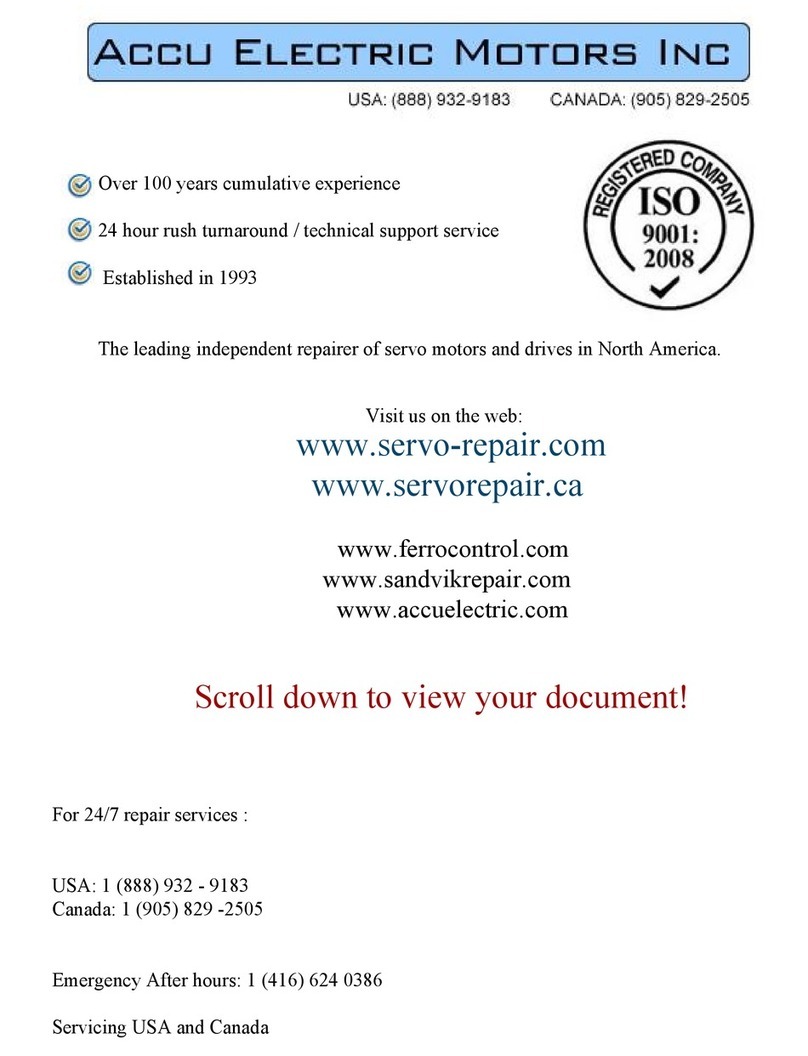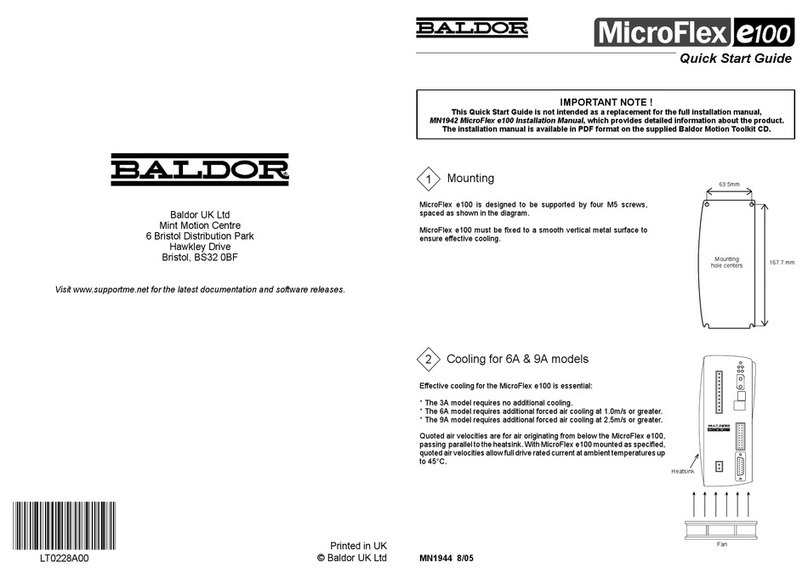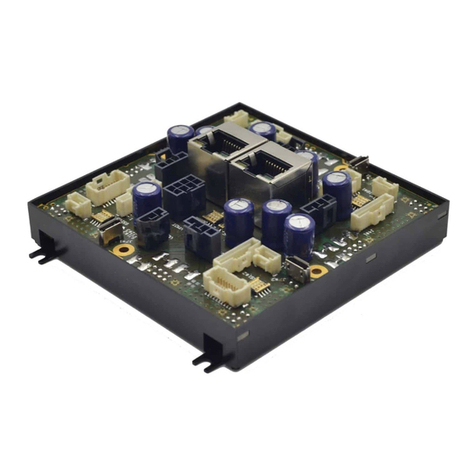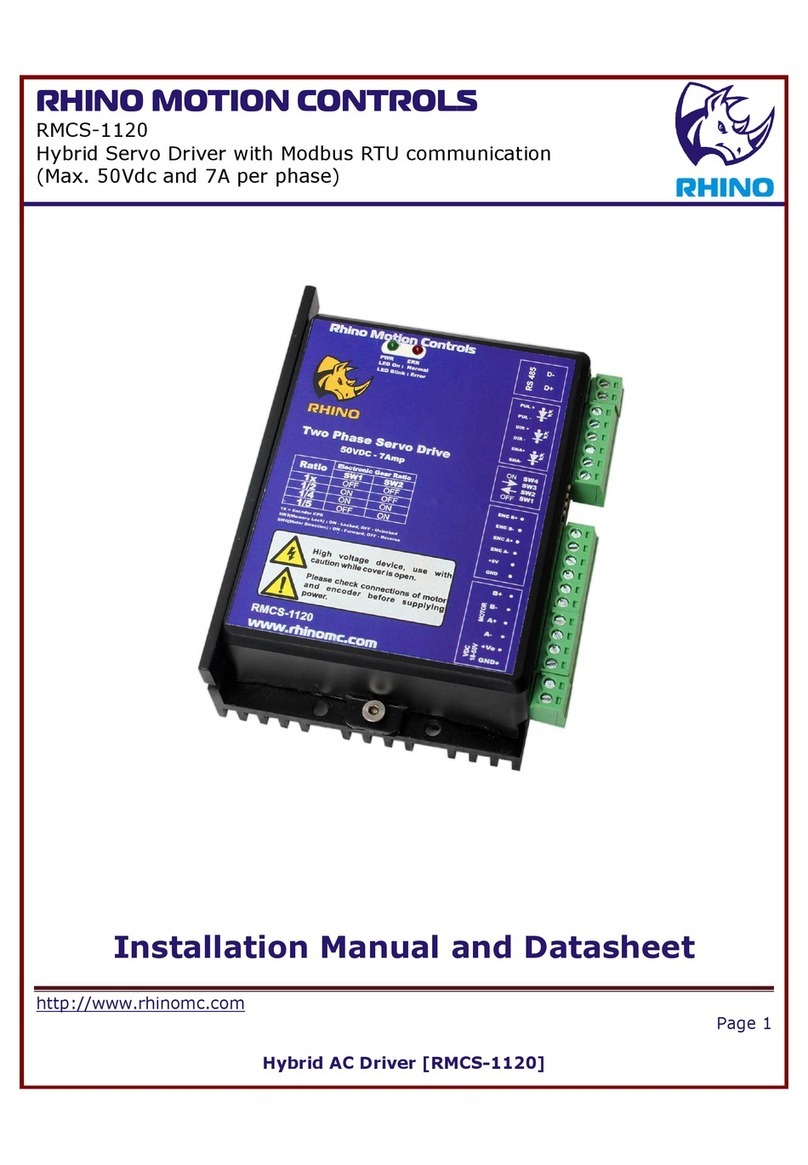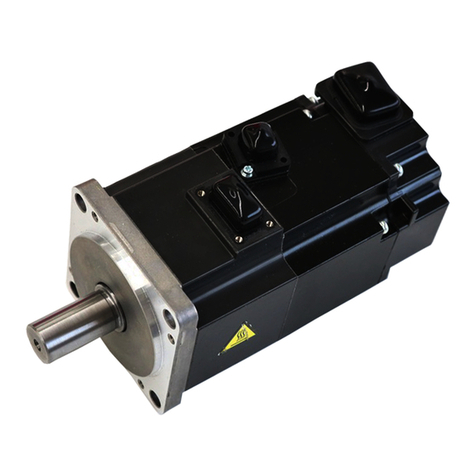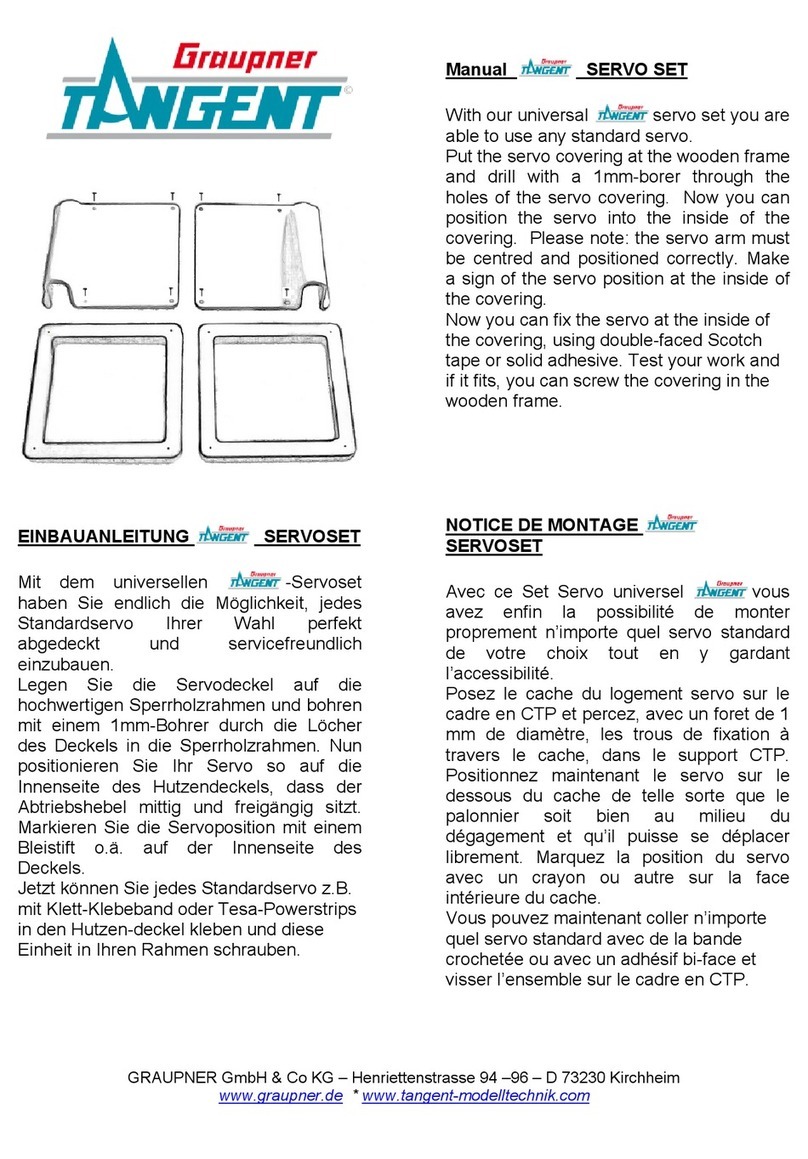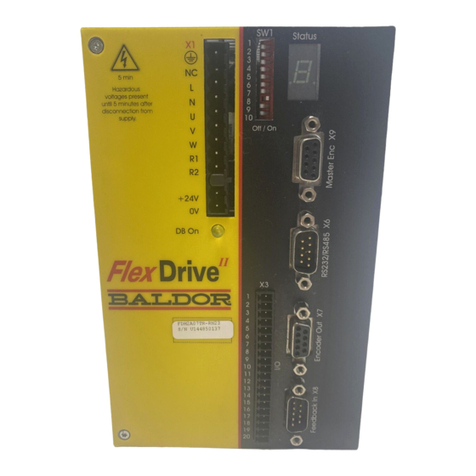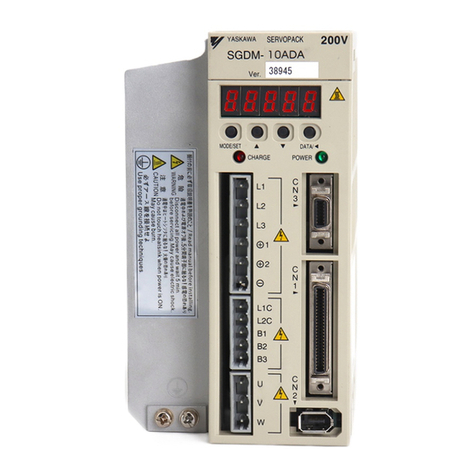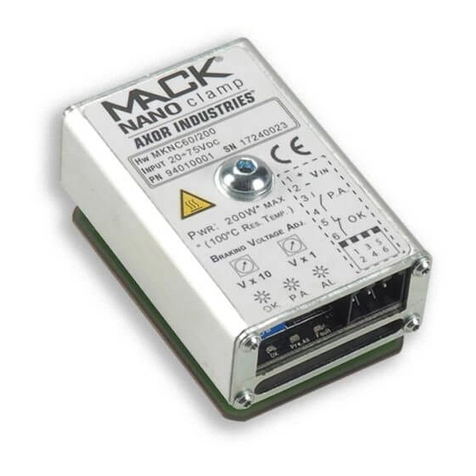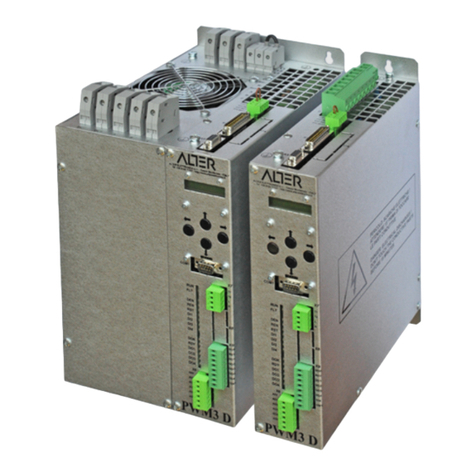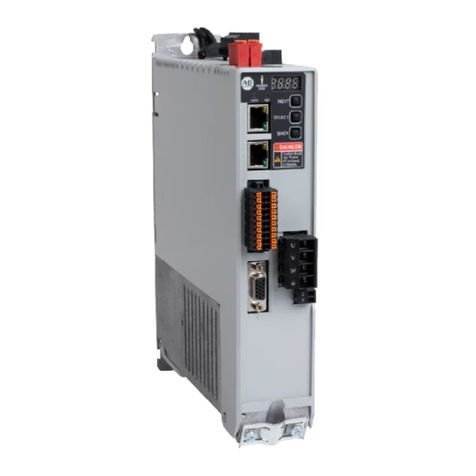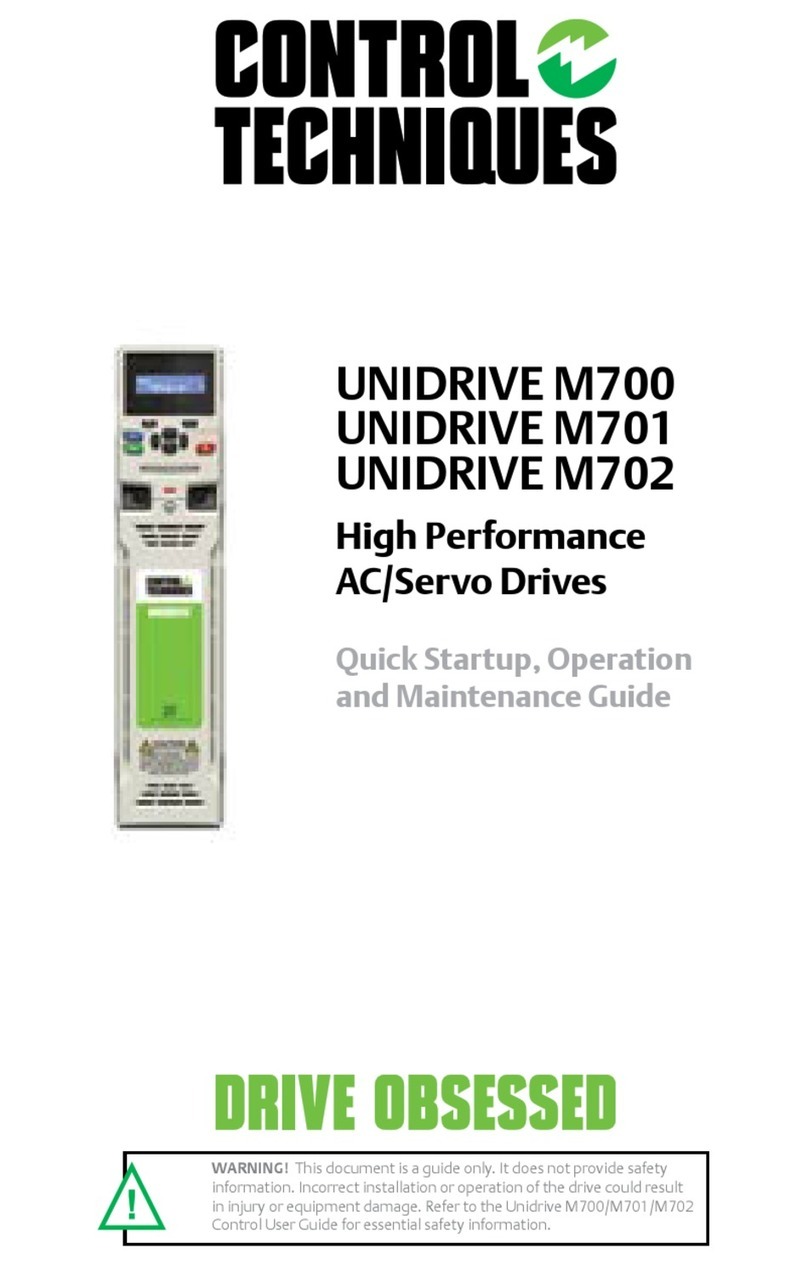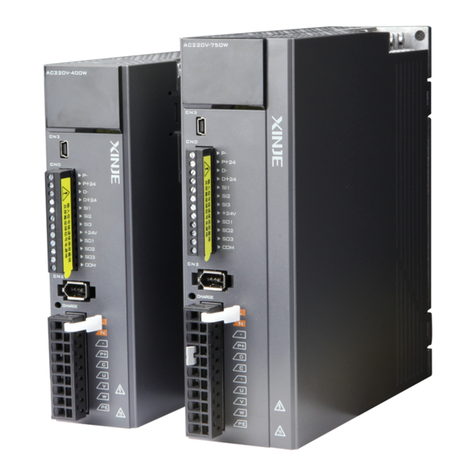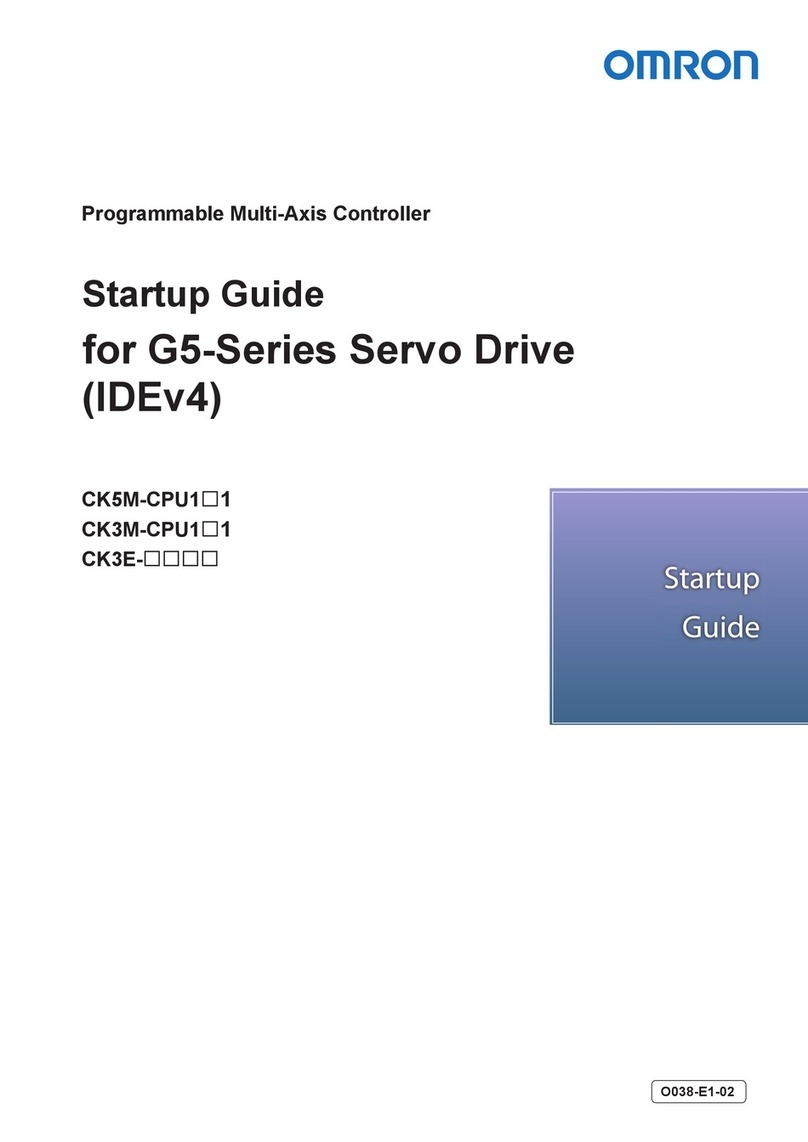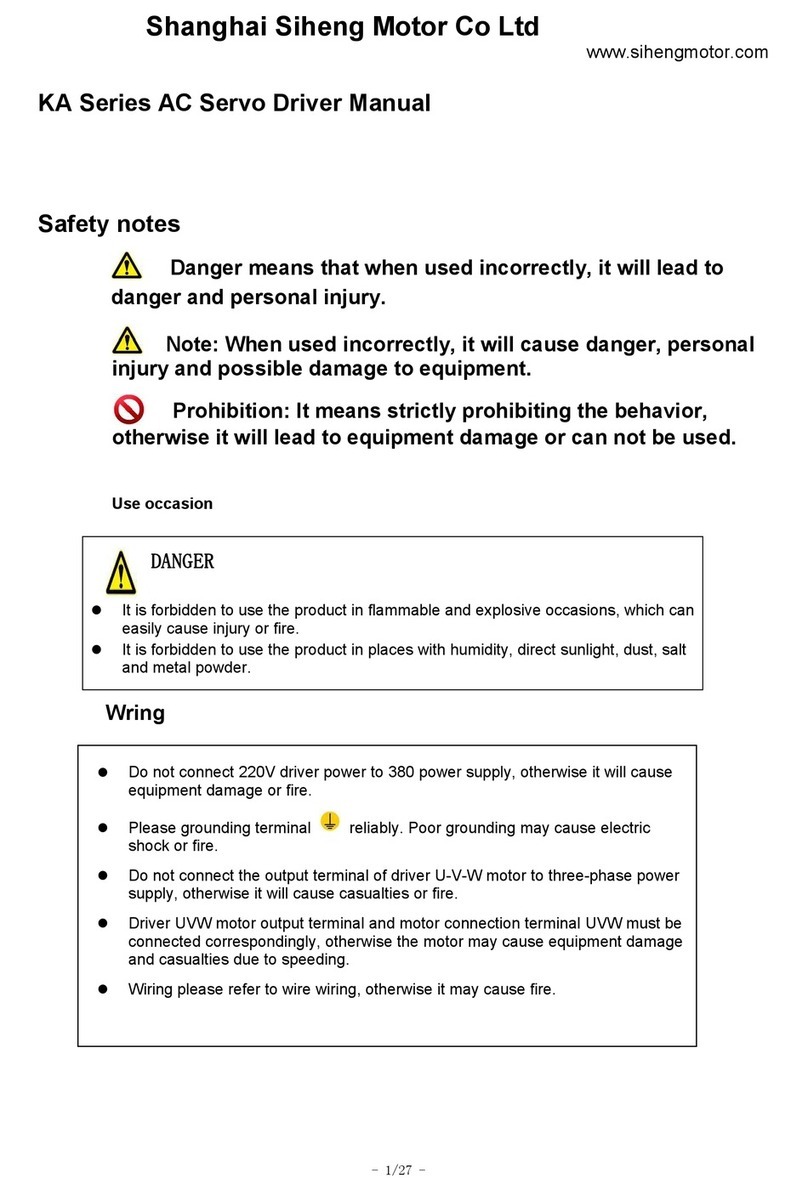iv Contents MN1943
7 Troubleshooting 7-1....................................
7.1 Introduction 7-1............................................
7.1.1 Problem diagnosis 7-1..............................................
7.1.2 SupportMe feature 7-1.............................................
7.1.3 Power-cycling the MotiFlex e100 7-1..................................
7.2 MotiFlex e100 indicators 7-2.................................
7.2.1 STATUS LED 7-2..................................................
7.2.2 CAN LEDs 7-3....................................................
7.2.3 ETHERNET LEDs 7-4..............................................
7.2.4 Communication 7-5................................................
7.2.5 Power on 7-5.....................................................
7.2.6 Mint WorkBench 7-5...............................................
7.2.7 Tuning 7-6........................................................
7.2.8 Ethernet 7-6......................................................
7.2.9 CANopen 7-6.....................................................
8 Specifications 8-1......................................
8.1 Introduction 8-1............................................
8.2 AC input 8-1...............................................
8.2.1 AC input voltage (X1) - all models 8-1.................................
8.2.2 AC input current (X1), DC bus not shared - all models 8-2................
8.2.3 AC input current (X1), DC bus sharing - all models 8-4...................
8.2.4 Recommended fuses and circuit breakers when sharing the DC bus 8-8....
8.2.5 Power, power factor and crest factor - 1.5 A ~ 16 A models 8-9............
8.2.6 Power, power factor and crest factor - 21 A model 8-12...................
8.2.7 Power, power factor and crest factor - 26 A & 33.5 A models 8-13..........
8.2.8 Power, power factor and crest factor - 48 A & 65 A models 8-14............
8.3 Motor output 8-15...........................................
8.3.1 Motor output power (X1) - 1.5 A ~ 16 A models 8-15......................
8.3.2 Motor output power (X1) - 21A ~ 33.5 A models 8-15.....................
8.3.3 Motor output power (X1) - 48 A ~ 65 A models 8-16......................
8.3.4 Motor output uprating and derating 8-17................................
8.3.5 Motor output rating adjustment - 1.5 A model 8-17........................
8.3.6 Motor output rating adjustment - 3 A model 8-18.........................
8.3.7 Motor output rating adjustment - 6 A model 8-19.........................
8.3.8 Motor output rating adjustment - 10.5 A model 8-20.......................
8.3.9 Motor output rating adjustment - 16 A model 8-21........................
8.3.10 Motor output rating adjustment - 21 A model 8-22........................
8.3.11 Motor output rating adjustment - 26 A model 8-23........................
8.3.12 Motor output rating adjustment - 33.5 A model 8-24.......................
8.3.13 Motor output rating adjustment - 48 A model 8-25........................
8.3.14 Motor output rating adjustment - 65 A model 8-26........................
8.4 Regeneration 8-27...........................................
8.4.1 Regeneration (X1) - 1.5 A ~ 16 A models 8-27...........................
8.4.2 Regeneration (X1) - 21 A ~ 33.5 A models 8-27..........................
8.4.3 Regeneration (X1) - 48 A ~ 65 A models 8-28...........................




















